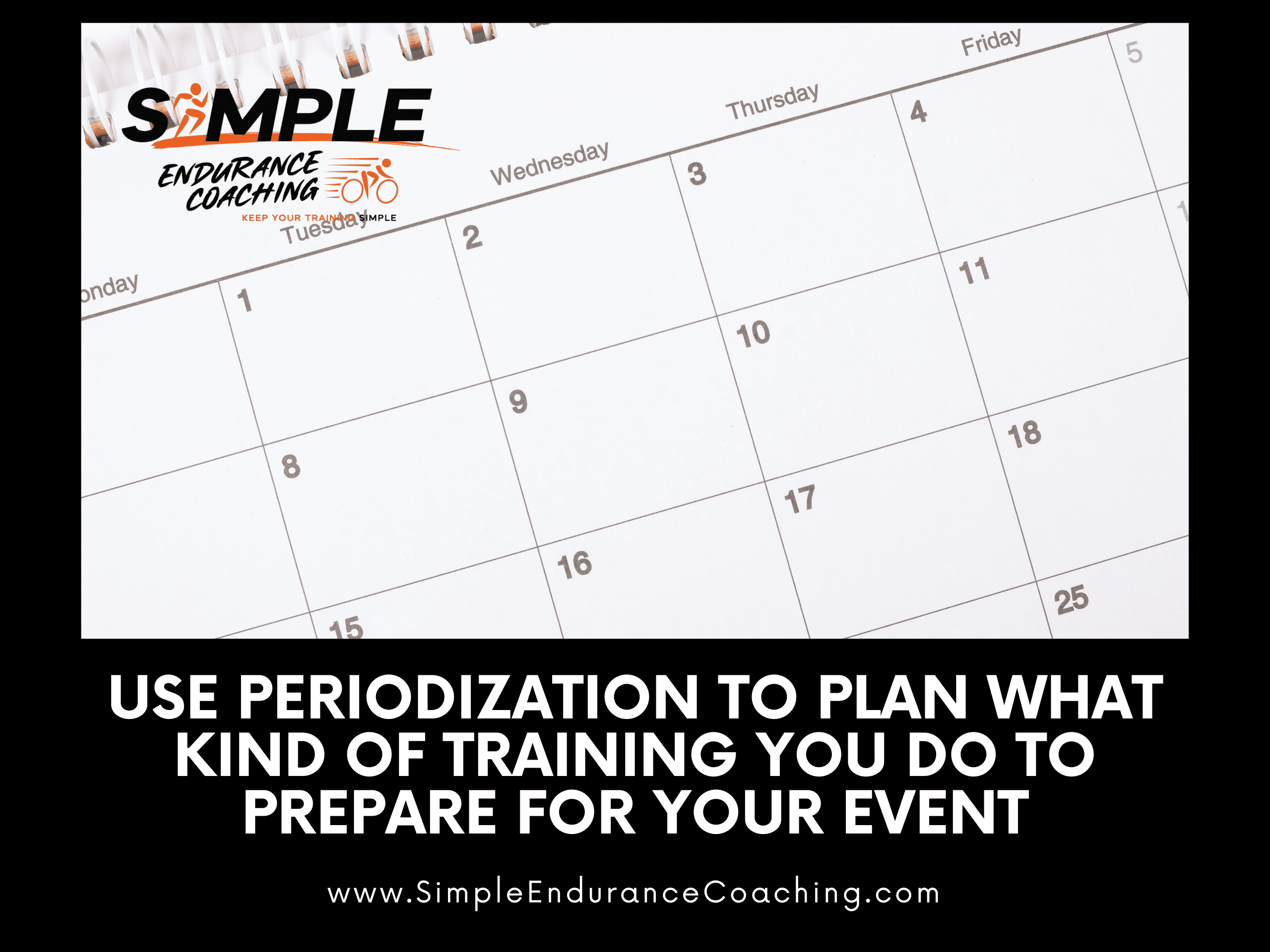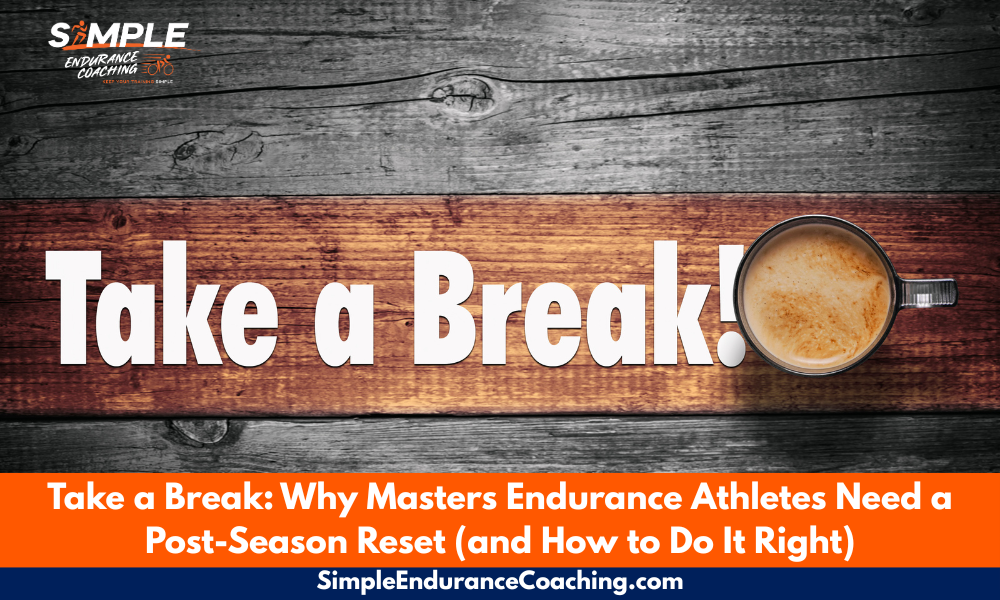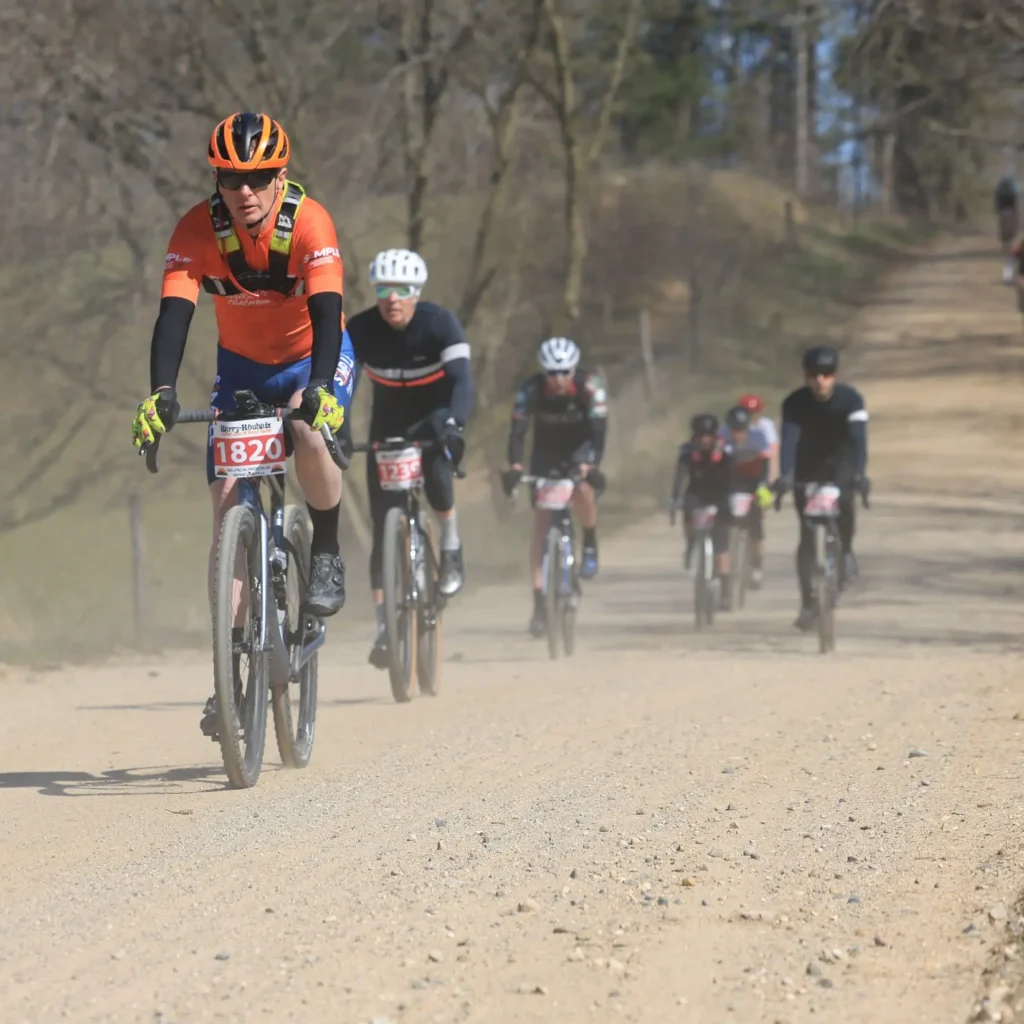Use Periodization to Plan What Kind of Training You Do To Prepare for Your Event
Your goal event is in a few months.
How do you prepare? How do you organize your training so that you’re at your best for the event?
One way to prepare is to organize and plan your training with a tool called “periodization.”
Periodization starts with general training that builds your metabolic and muscular fitness and then focuses on event-specific fitness prior to race day.

Three Skiba periodization guidelines
Renowned endurance and training scientist Dr. Philip Skiba recently published his Scientific Training for Endurance Athletes, a book that is now well-used and marked up!
He has several guidelines for periodizing a training year.
- Build your year from general fitness to specific race fitness. That means building general overall fitness far from your target event and making your training targeted to the event as it grows closer.
This also means working on your weaknesses in the beginning and training your strengths as race time nears.
- Focus on all the physiological systems all year, meaning make sure you work your aerobic and anaerobic systems in training.
- Make sure you account for recovery in planning. You don’t get faster or improve performance from training. You improve when you rest and your body has time to recover.
Now it’s time to plan your year
Start by picking your target event and learning about the demands of the race and course.
This may be an event you do every year, like a state championship or a half-marathon you really want to crush this year.
Then build your training to peak for the event.
You build in lots of endurance work to build fatigue resistance and metabolic fitness.
And according to guideline 2, you do threshold and VO2max work to build the engine.
As your event gets closer, you do more intervals that mimic what you’ll need to do in the event.
And finally, as you get weeks out, you start to taper by reducing overall volume and maintaining intensity.
You can’t maintain a peak all year
The biggest challenge for endurance athletes is that we simply can’t peak for an entire season.
Physiologically, we are able to hold a peak for about a week, maybe two or three
The idea of a peak is that we build up as much training stress as our body will handle, then reduce volume, recover more, and have the peak amount of fitness with just the right amount of recovery time.
I’ve been doing periodization for years and worked with coaches for years, and peaks are still a challenge.
So why try to create a peak through periodization?
By carefully timing your training and recovery, you’ll be rested enough to utilize all the adaptations you’ve gained through training to have your best event ever.
Periodizing for endurance sport performance is a bit of an art
While planning out a training year is not complicated, there’s a Goldilocks principle at play here: You need to find just the right amount of really hard stress and just the right amount of recovery to create the adaptation demands on your system.
The training is pretty simple: stress your metabolic systems to become more efficient and productive and stress your muscles to become more fatigue resistant and stronger.
You don’t have to have a coach to do your best performance in an endurance sport.
But we come in handy to individualize your training and monitor your recovery.
With the right knowledge and planning, you can set up a workout calendar to help you peak.
And you can always buy a training plan or a book that will help you get ready for your event or season.
The trick – and the magic – comes in planning the right workouts at the right time and with the right amount of recovery.
Training for an endurance sports event or season is all about building fatigue and then recovering to adapt muscles to the training stress.
Go too hard, and you won’t be able to recover enough for a good performance.
Go too easy, and you’ll never reach your potential.
Endurance sport training requires a long view
Most people who have some level of athletic ability or fitness can finish a 5k or a 20-mile bike ride.
But if your goal is to break 22 minutes in that 5k or finish 50 miles in three hours on the bike or finish your first cyclocross race, you’ll need to think backward from your key event.
And the longer or more difficult your event is the further out you’ll have to plan for success.
The other issue is planning for a whole season of events rather than just one state championship, for example.
That means that events prior to your goal will need to take a back seat.
You can maintain a pretty high level of fitness for a month or so, depending on your training and experience.
But you won’t be able to come to peak form for more than one or two weeks.
Downsides of periodization
For me, peaking has mental challenges: If I specify a single event as my priority, I start to build up a whole bunch of nervous tension.
I’ve done that for state championships and nationals in cyclocross several times, and my body just shuts down due to the stress I put on myself.
So I’m looking at periodization purely in terms of specificity and recovery.
For example, I’ll come into the cross season with a huge base of fitness and some speed.
I’ll build specificity by doing workouts that benefit cyclocross speed and skills.
And I’ll use HRV to monitor my recovery.
Three things to consider about periodization
- Start with your target event and plan backwards.
- Build your overall fitness base and then peak with specific workouts that target your event.
- Be patient with yourself while doing events that are not your target. Your other races are going to be training races.
Want to know more about what you can achieve?
If you liked this article, please share it with others.
Do you have questions? Email me at paulw at SimpleEnduranceCoaching.com
I support a limited number of cyclists and runners achieve their goals with more strength, endurance, and mobility.
Contact me or sign up for Virtual Coffee so we can discuss your goals, ask questions, and talk about making your endurance training more effective, fun, and Simple.
You can also opt-in to receive my weekly blog posts about what works in endurance sports.
Paul Warloski is a:
- USA Cycling Level 3 Coach
- RRCA Running Coach
- Training Peaks Level 2 Coach
- RYT-200 Yoga Instructor
- Certified Personal Trainer




